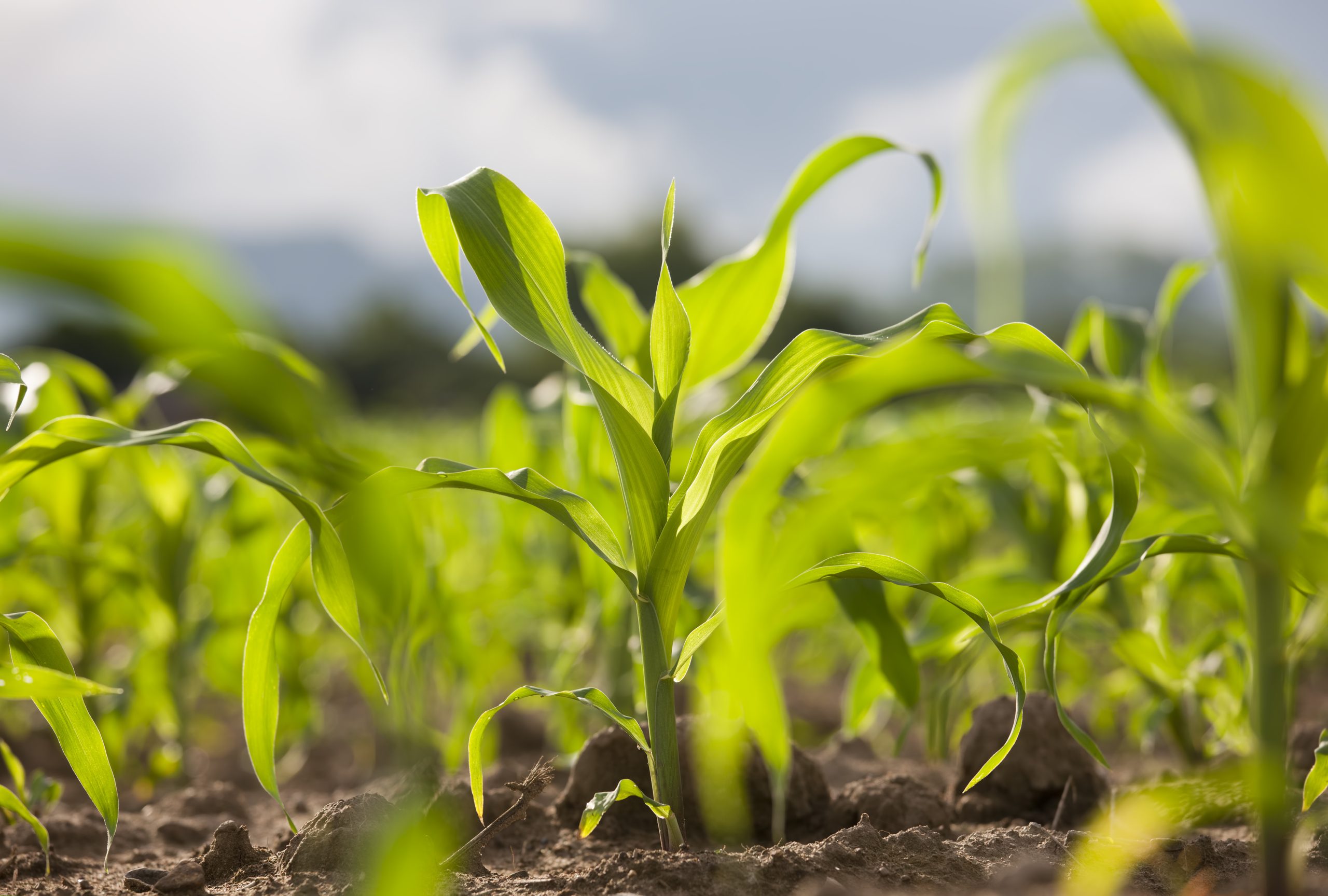Sydney | Reuters –– Drought conditions across Australia’s east coast are unlikely to improve before 2015, the Australian Bureau of Meteorology said, fuelling expectations that beef supply from the world’s No. 3 exporter may beat estimates as wilting pastures force farmers to slaughter more animals.
Queensland, Australia’s largest cattle producing state — home to about half the national herd — has been plagued by drought conditions throughout 2014. Much of the state has received less than half typical rainfall levels over the last nine months, data from the Bureau of Meteorology (BOM) shows.
Read Also

U.S. grains: Soybeans tumble on doubts over U.S.-China trade progress
Chicago Board of Trade soybean futures plummeted on Friday as trade restrictions announced by China and escalating rhetoric from U.S. President Donald Trump cooled hopes of a resolution to a standoff between Washington and Beijing.
The chance of getting average rainfall between October and December across most of Queensland is seen at less than 40 per cent, the BOM said Thursday.
“If we’ve ever needed a good hit of rain through spring and into summer, it is probably this one after the past few years. The BOM outlook is certainly not a good start and while we need to see what eventuates, it would be bad news for farmers in Queensland,” said Matt Costello, animal proteins analyst for Rabobank.
Australia’s official commodity forecaster last week raised its 2014-15 beef exports forecast by one per cent to 1.13 million tonnes as dry conditions continued to drive slaughter of cattle to near record levels, and warned the figure may be higher if the dry weather persists.
“If seasonal conditions fail to improve in the short term, the calving rate will be lower and slaughter higher than currently assumed. This would result in the beef cattle herd falling below the current forecast,” the Australian Bureau of Agriculture, Resource Economics and Rural Science had said.
Unable to find enough food and water to keep animals alive, the Australian cattle herd is set to fall to a five-year low of 27.1 million at the end of the 2014-15 season, reflecting two consecutive years of soaring slaughter rates, Australia’s commodity forecaster said.
— Colin Packham is a Reuters commodities correspondent based in Sydney, Australia.














